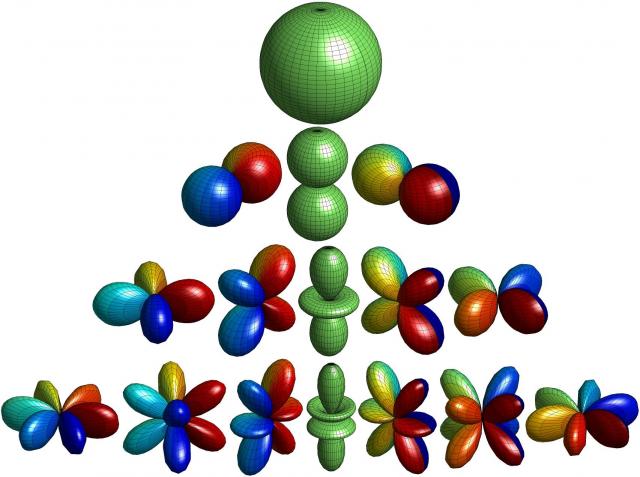Hi Vokars,
great to hear that you liked MIR 3D! Hope you enjoy your new tool. :-)
You are absolutely right that the dry signal gets ENcoded to Ambisonics before it gets DEcoded together with the newly created, positional impulse responses. The underlying idea is to match the virtual position of the source as exactly as possible with the position of the originally recorded IR (which doesn't include any direct signal for exactly this reason).
The decoding process depends on a multitude of parameters, like stage geometry, position of source and virtual mics and their angular relations, the directivity of the source signal, the number and shape of virtual capsules or the spherical coefficients. It is also important to understand that a stereo-signal is always represented as two (linked) mono-sources in MIR. Consequently, there will always be, or better: there _has_ to be some kind of imaging distortion - actually this is one of MIR's basic paradigm's. :-)
If you want to preserve the stereo image of your source by all means you should use MIR 3D as some kind of "glorified AUX send reverb": Use an AUX send from your source track to feed an AUX bus with a MIR 3D instance that's set to "100% wet". That way you will lose MIR's abilities to take care for the dry signal's positioning without sacrificing the wet signal component.
HTH,
